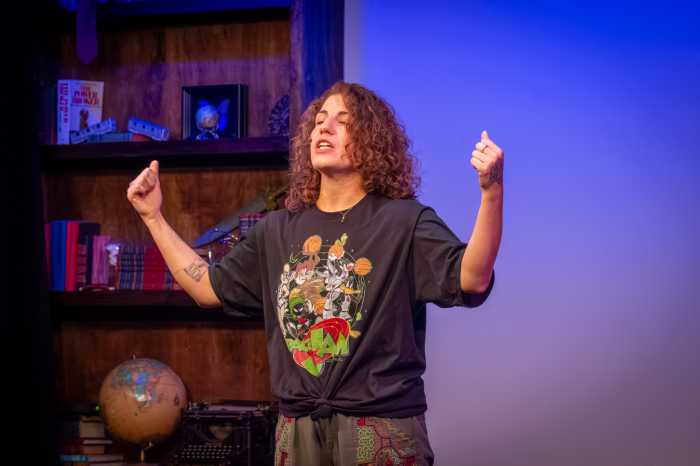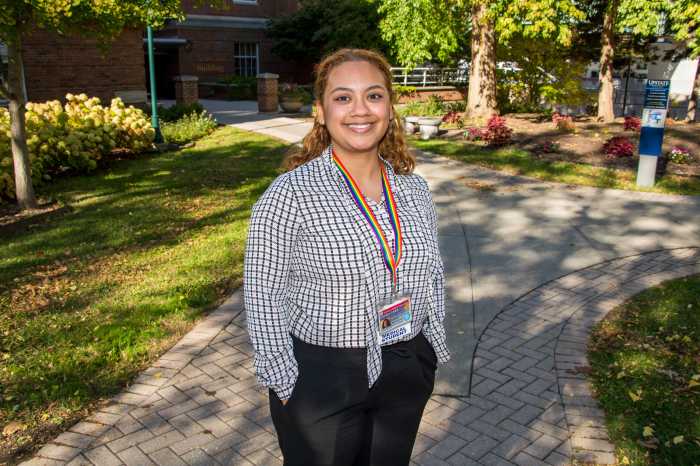Suicide claims the lives of between 30,000 and 100,000 Americans each year, yet the chilling figures barely raise an eyebrow before being darkly deposited deep in our consciousness.
Last month, fashion designer Alexander McQueen, actor Andrew Koenig and Marie Osmond’s teenage son, Michael Blosil — and Cornell University students Bradley Ginsburg, William Sinclair and Matthew Zika — took their own lives, starkly spotlighting what a former US Surgeon General once termed as an “epidemic” which led to more deaths than AIDS, homicide or drunk driving.
Around the same time, the lifeless body of Wendy Gonzalez, 31, was discovered on the floor of her Bedford-Stuyvesant apartment as the body of her former boyfriend hung from a nearby window grate in an apparent murder-suicide.
Given the shocking data that 91 Americans kill themselves daily, close to 3,000 people will have taken the path of no recourse by the time the American Association of Suicidology (AAS) convenes its annual conference in Florida, April 21-24.
In today’s world of infinite opportunities for self-fulfillment, the numbers are horrifying to say the least. In 2006 — the latest available year for documented figures — the National Institute of Mental Health cites suicide as being the seventh leading cause of death for males, the 16th for women, and the third for young people ages 15 to 24; the latter were more likely to use firearms, poisoning and suffocation to end their lives.
The healthcare industry hasn’t done enough to address this dirtiest of laundries whose haunting implications have dogged mankind since the beginning of time.
The AAS conference at the Hilton-Walt Disney World in Orlando, and others like it, help promote suicide awareness and intervention, but more work is required at the federal level to implement comprehensive efforts in communities, especially in schools, to locate and assist at-risk individuals.
Other fatalities are justifiable because they are not self-inflicted: a person killed by a stray bullet is at the wrong place at the wrong time; a chronically-ill patient is destined to die, and in the case of psychotic suicide bombers, voluntary deaths are even celebrated.
Anyone touched by the suicide of a loved one knows only too well the feelings involved. Shock, anguish, mortification, anger, sadness and regret are assailed by self-doubt: “How could I have not seen this coming?” “What could I have done to prevent it?” “Why?”
The good news is that New York City boasts a confidential, suicide prevention hotline manned by volunteer “befrienders” who are trained in proven listening and crisis intervention strategies.
The Samaritans of New York is a branch of the British suicide prevention support network which casts its healing web from 400 centers in 38 countries, 24 hours a day, 365 days a year. As a former “befriender,” I know, first-hand, the positive impact of trying to help a tormented caller transform a potentially fatal moment into a less destructive one.
Close to 30 years ago, a national awareness and prevention campaign was launched about the threat posed by another taboo topic of the time, AIDS. Suicide requires like-minded focus because far from being a skeleton in our closet, this silent killer is a grim fact of life that is always on the rise.
Talk to someone who needs the attention, today. You may end up saving a life.
The Samaritans of New York can be reached at (212)-673-3000.
























